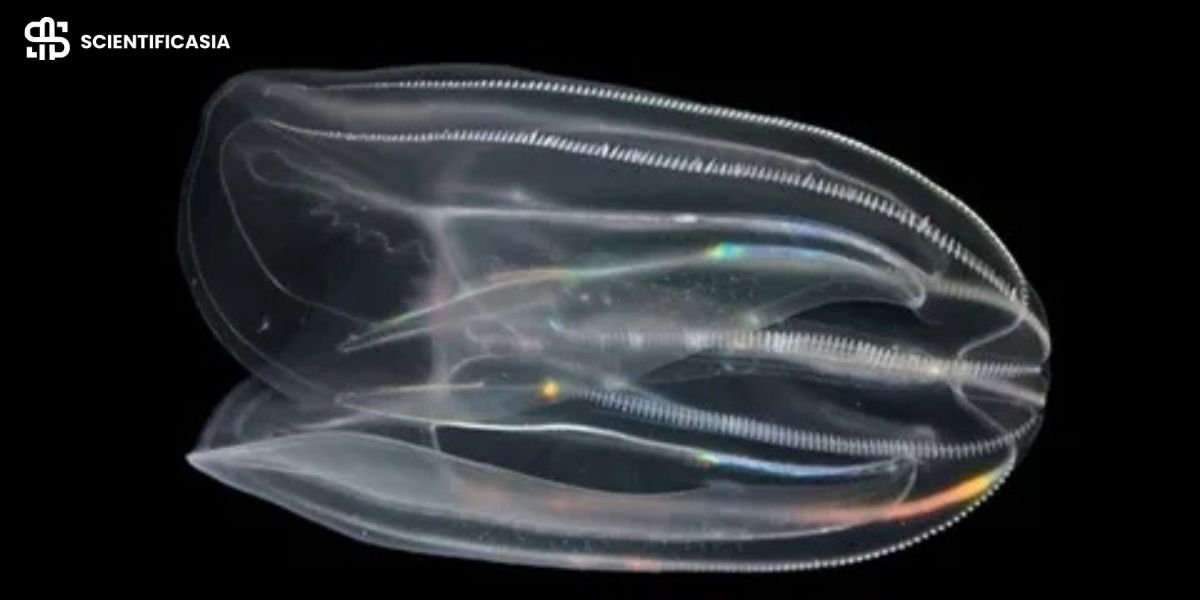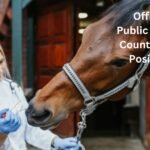Scientific Asia: For a team of scientists investigating the comb jelly, Mnemiopsis leidyi, a fortuitous observation has yielded an astounding finding. It seems that these intriguing ctenophores can unite to create a single entity after being wounded, and they even seem to share certain physiological activities.
A curiously huge individual with an odd body shape was spotted by the crew while maintaining a population of comb jellies in a seawater tank. Although it was difficult to believe, it appeared as though two jelly beans had fused.
Study author Dr. Kei Jokura of the National Institutes of Natural Sciences in Okazaki, Japan, and the University of Exeter, UK, told IFLScience, “I was very surprised.” “Even though I was by myself at the time, I went right over to show the other grass guys.”
Their concerns were vindicated when Jokura stumbled across an ancient but very relevant paper on comb jellies.
“It was reported in 1937 that comb jellies (Mnemiopsis leidyi) fused,” he continued. “I was pretty shocked to find that paper as well.”
The group decided to conduct their tests after reading an earlier account of fruitful grafting trials with ctenophore tissues. After having a portion of their body removed, they maintained close contact and gathered comb jelly from different locations that they discovered on different days.
All of the fused pairs lived for the entire three weeks that they were housed in a holding tank, as evidenced by the results of nine out of ten studies in which the comb jelly had successfully fused. It was evident when scientists probed what was formerly one jelly and the entire fused organism reacted that they had evolved shared bodily functions throughout that period, including synchronized muscle contractions.
“We were shocked to see that mechanical stimulation applied to one side of the fused ctenophore caused a synchronized contraction of muscles on the other side,” a statement from Jokura stated.
The combined jellies’ combined digestive systems maintained the entire blob well-fed. It was clear that the two comb jelly formed easily, and self-awareness may have contributed.
The capacity to discern between oneself and others is known as allorecognition, and our research suggests that ctenophores may not have this system,” Jokura continued. “Moreover, the results suggest that two distinct individuals are capable of quickly combining their nervous systems and exchanging action potentials.”
Using live imaging to see how electrical signals move between the fused comb jellyfish, Jokura intends to investigate the neurological system of these jellyfish to fully understand the phenomenon.
















